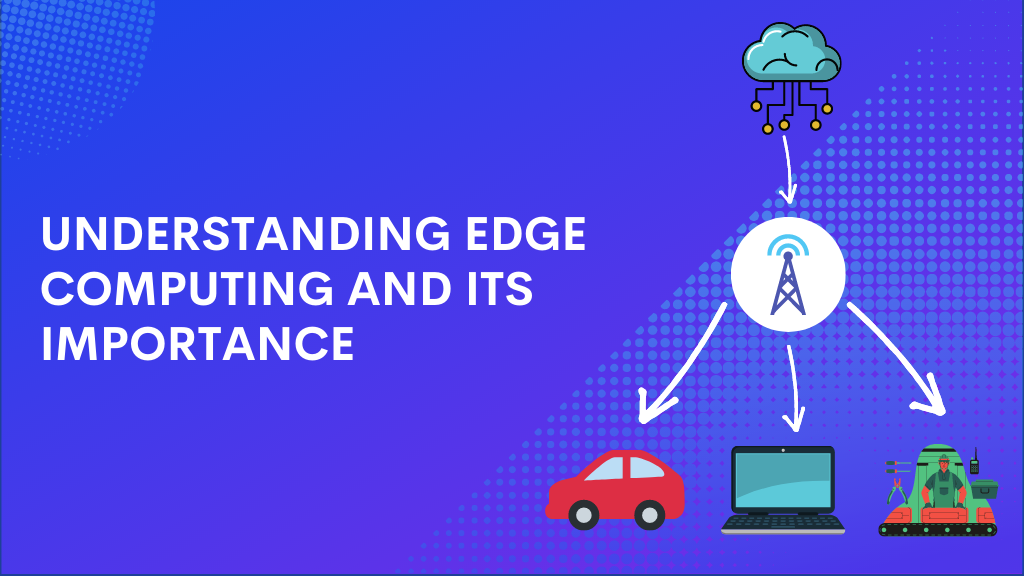Data plays a crucial role, and it has become a synonym for “oil” nowadays. With the advent of the latest tools & technologies like IoT, self-driving vehicles, intelligent robots, chatbots, and various other digital platforms, the rate at which data is being generated is tremendous. The amount of data generated in the future will increase dramatically.
“According to IDC, by 2025, around 175 zettabytes of data will be generated all across the globe, out of which more than 90 zettabytes of that data will be created by Edge devices.”
With so much data generated, it becomes challenging to process this data. Also, as these data will be a part of decision-making, faster processing becomes crucial. Sending these data back and forth to a centralized server can take much time, requiring a huge infrastructure.
Edge computing plays a pivot role here by speeding up the data processing by reducing the latency.
“According to Gartner, by 2025, 75% of data will be created and processed outside the traditional data center or cloud.”
What is Edge Computing?
Edge is a buzzword just like IoT, Cloud, etc. Edge computing is a distributed computing model in which the client data is processed near the physical location rather than a centralized server to decrease latency and optimize the bandwidth.
In the edge computing model, data, processing, and applications are concentrated in devices in the network rather than existing almost entirely in the cloud. It acts as a middle layer between the centralized server and the device.
Some portion of the data is transferred to the edge from the centralized server close to the device in edge computing. All the computation processes happen at the edge instead of the cloud. This helps minimize the latency and load to the cloud and improves QoS (Quality of Service), resulting in a superior user experience and hence increasing the speed of the overall process.
Let’s take a scenario of self-driving vehicles. These self-driving vehicles involve a vast amount of data processing in a shorter period. For these self-driving vehicles, decision-making should be done as immediately as it can be. As data processing in the cloud will take more time and infrastructure is also needed.
Edge computing is a good solution for dealing with this challenge since it speeds up data processing and enhances decision-making in a matter of seconds.
Conclusion
With remote work being more prominent these days, cloud technology consulting services and edge computing has gained tremendous importance. It is up to companies and firms to better understand their needs and requirements, and they can reach out to cloud computing consulting services providers for better-consulting services. Also, As in every couple of years, some technologies become a buzzword, it seems that Edge Computing will soon have greater applications and implications.
Hopefully, this article has enabled you to gain a broader understanding of edge computing and why it is needed.






